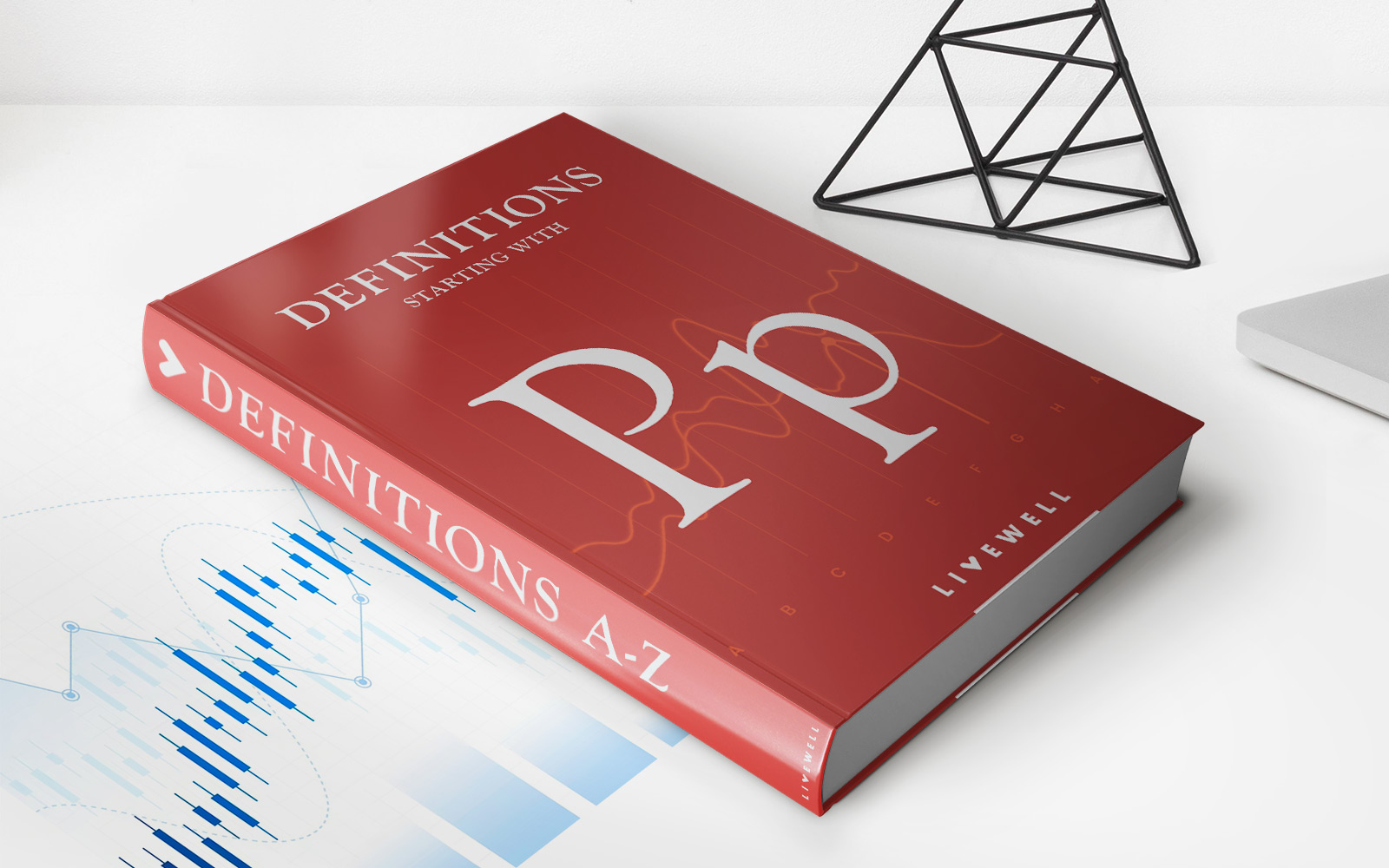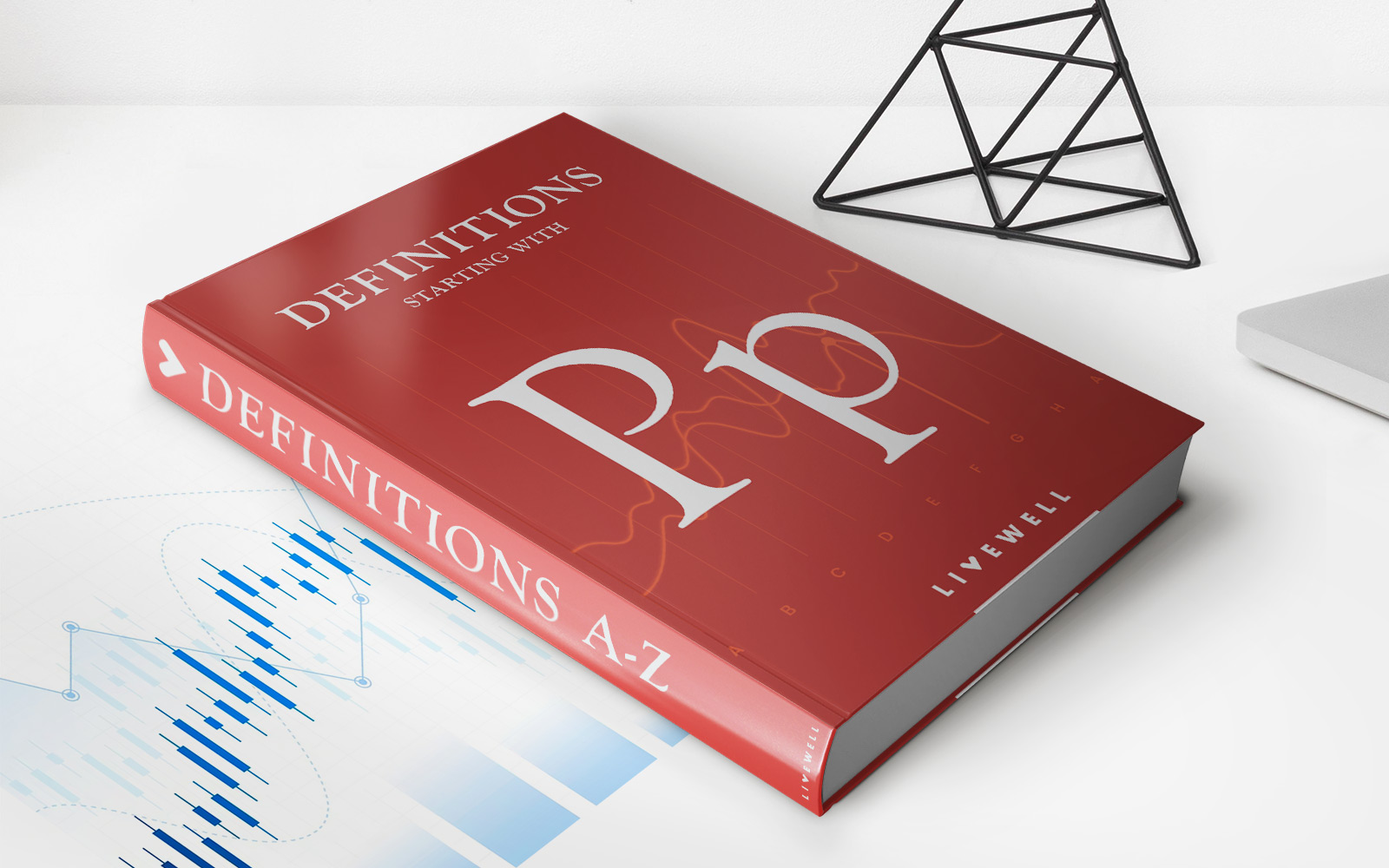Home>Finance>Active Management Definition, Investment Strategies, Pros & Cons


Finance
Active Management Definition, Investment Strategies, Pros & Cons
Published: September 29, 2023
Learn the definition, investment strategies, and the pros and cons of active management in finance. Enhance your understanding of effective financial decision-making.
(Many of the links in this article redirect to a specific reviewed product. Your purchase of these products through affiliate links helps to generate commission for LiveWell, at no extra cost. Learn more)
Understanding Active Management: Investment Strategies, Pros & Cons
Welcome to our FINANCE category, where we dive into various aspects of the financial world. In this blog post, we are going to explore the concept of active management in investments, its strategies, and weigh the pros and cons. So, if you’re curious about optimizing your investment portfolio, this is a must-read article!
Key Takeaways
- Active management involves actively selecting and managing investments to outperform a specific benchmark.
- It requires continuous monitoring, research, and decision-making to adjust the portfolio based on market conditions.
Now, let’s jump right in and define what active management actually means. Active management refers to an investment strategy where fund managers or individual investors actively make decisions about which securities to buy and sell within a portfolio, aiming to outperform a specific benchmark, such as a market index.
This approach differs from passive management, where investors aim to replicate the performance of a broad market index by simply investing in a diversified portfolio of securities that mimic the index’s composition. While passive investments offer stability and lower costs, active management seeks to capitalize on market inefficiencies and generate enhanced returns through careful selection and timely trading decisions.
Investment Strategies in Active Management
Active managers employ a variety of strategies to achieve their investment goals. Let’s take a look at some common strategies used:
- Value Investing: This strategy focuses on identifying undervalued securities with the belief that their true economic worth will be recognized in the market over time.
- Growth Investing: Here, the emphasis is on identifying stocks of companies with strong growth potential, often associated with innovative industries or emerging markets.
- Momentum Investing: This strategy involves capitalizing on the current trend in stock prices and trading volume, with the belief that winners will continue to win.
- Contrarian Investing: Contrary to momentum investing, this approach involves investing against prevailing market trends, based on the belief that the market tends to overreact to news and create pricing anomalies.
- Market Timing: This strategy involves predicting and capitalizing on market movements by rotating assets between cash, stocks, bonds, or other investments.
Pros & Cons of Active Management
Now that we have covered the basics of active management and its various strategies, it is important to understand the advantages and disadvantages associated with this approach.
Pros:
- Active management offers the potential for higher returns compared to passive management, especially when skilled fund managers make well-timed investment decisions.
- Investors have the flexibility to adapt their portfolio to changing market conditions, economic trends, or specific investment goals.
- Active managers can exploit market inefficiencies, resulting in opportunities to generate alpha, which is the excess return over the benchmark.
Cons:
- Active management often comes with higher costs, including management fees, trading commissions, and research expenses, which can eat into investment returns.
- The ability to consistently outperform the market over the long term is challenging, as many active managers fail to beat their benchmarks consistently.
- The actively managed portfolio is subject to the risk of poor decision-making or unforeseen events that may negatively impact returns.
In conclusion, active management offers investors the potential for higher returns and greater flexibility in portfolio management. However, it comes with higher costs and the risk of underperformance. Ultimately, the decision between active and passive investing depends on an individual’s investment goals, risk tolerance, and belief in the ability to consistently select winning investments.
We hope this article has shed some light on the concept of active management and provided valuable insights into its strategies and pros and cons. Remember to evaluate your investment approach carefully and consult with a financial advisor for tailored advice. Happy investing!














